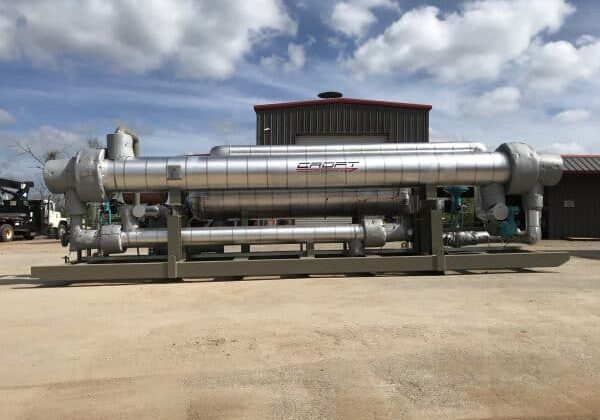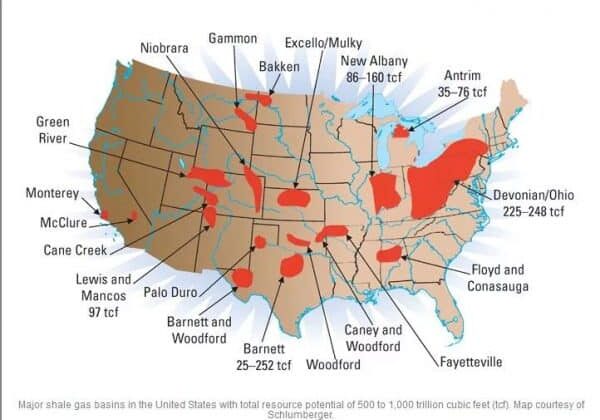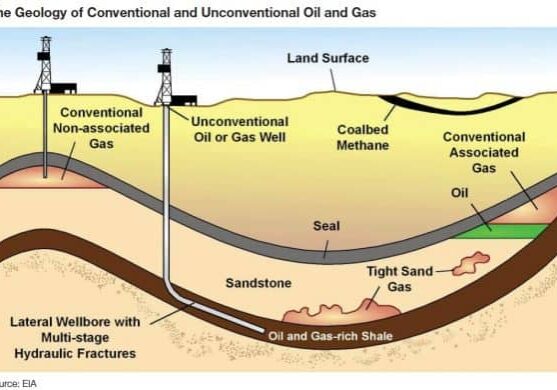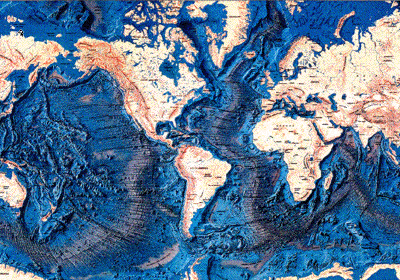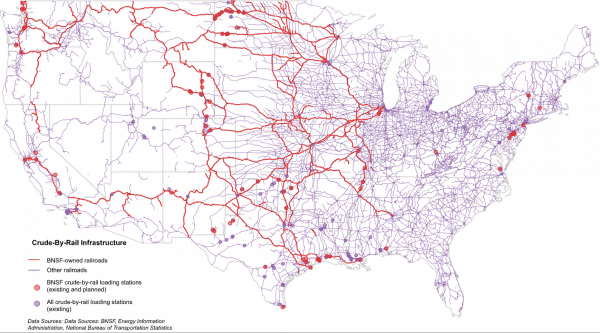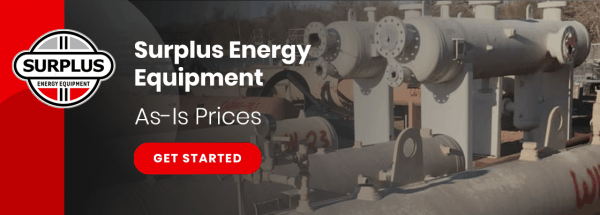I am sad to say that I have never ridden on a train. I don’t count the train ride at Herman Park or the Light Rail through the Texas Medical Center as a true train ride either. Here in SE Texas, railways and all public transportation in general is just not a mode of transportation used very often. We are car-loving people down here. So when I read an article about how the railroads are becoming heavily regulated I was intrigued.
The map below shows all the active industrial rail lines here in the US. The red are owned by one particular company and the purple are owned by other companies. As you an see they heavily saturate the east part of the U.S. and really begin to thin out once you get past the middle of Kansas and Nebraska.

The next map shows the oil and gas pipelines that are all over the U.S. It is obvious that the rail lines out number the pipelines. This is why the regulation is beginning to happen. The ramping up of production in the shale plays like the Eagle Ford in South Texas, the Bakken in North Dakota and the Niobrara in Colorado, the pipeline infrastructure in the United States just cannot keep up. So companies are looking to move crude and natural gas by railway. Here is the problem, with more commerce by rail, attention has now been brought to management, safety, train car frequency, oil volume and composition and train routing. The more time these money making natural resources are on the rails, unfortunately gives more opportunities for problems to arise.
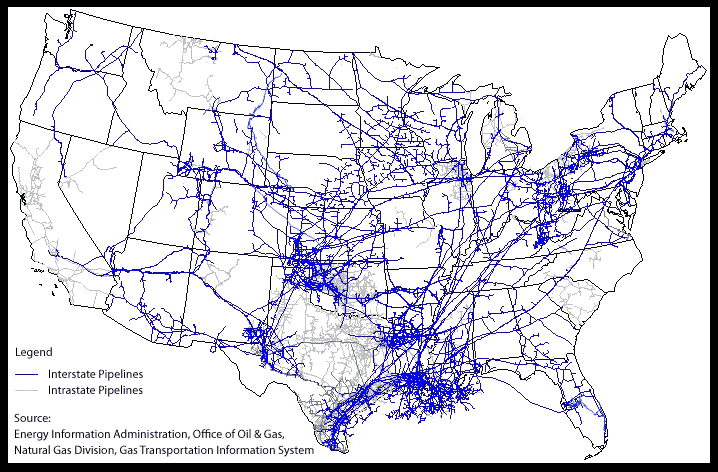
What kinds of regulations are being implementing on the railroads? Excellent question, glad you asked!
As of August 2013, the Federal Railroad Administration (FRA) began accessing rail safety concerns. The FRA is one of ten federal agencies under the Department of Transportation (DOT), that have jurisdiction over the railroads. The FRA and DOT can create its own mandates to regulate the railroad. They do rely heavily on the recommendations of The National Transportation Safety Board (NTSB) but do not have to comply with the NTSB.
Whew, I’ll take acronyms for 500 Alex.
Below is a graphic of all the safety concerns presented by the
Federal Railroad Administration.
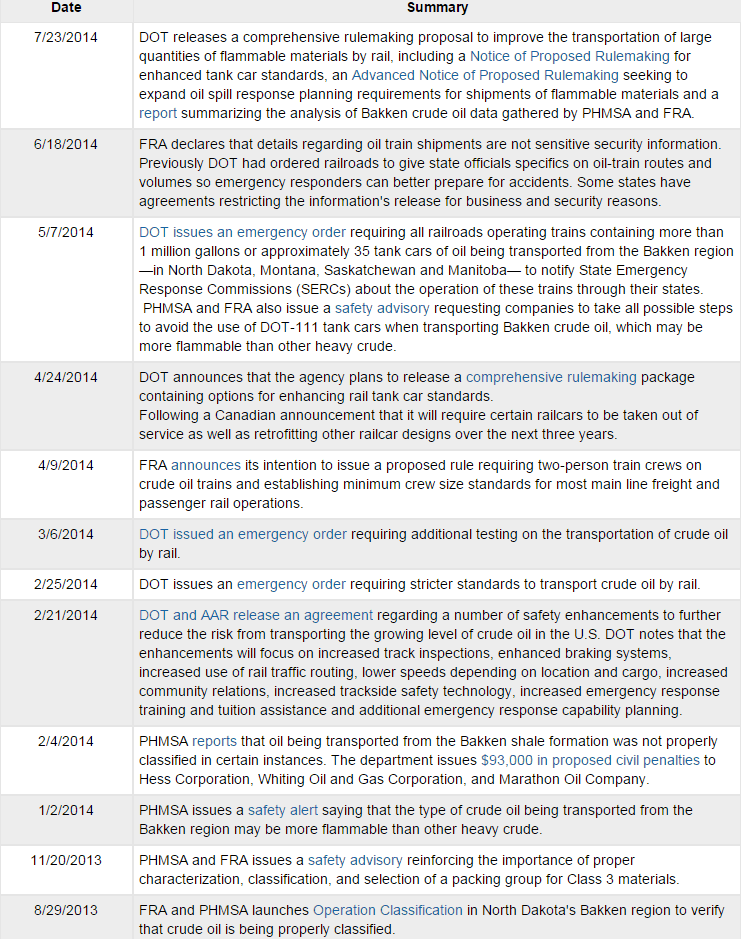
Please keep in mind that these possible regulations are not just because. There have been some pretty horrific things that have happened with natural resources being transported by railway. Trains that were carrying oil have exploded in places like Aliceville, Alabama; Casselton; North Dakota and Lac-Megantic, Quebec. These explosions were dangerous to the environment, worse they caused loss of life. No industry wants their day to day business linked to death and destruction.
There can be a great positive side to these regulations, cutting wasted natural gas. To quote a North Dakota Industrial Commission Report in 2014, “30 percent of all-natural gas produced is flared. According to a 2013 report from Ceres, flaring in North Dakota in 2012 resulted in greenhouse gas emissions equivalent to adding 1 million cars to the road……. In another example, a Ceres report found that in May of 2013 $3.6 million of revenue was lost per day, as a result of flaring in North Dakota.” Why the heck would they flare? I’ll tell you, they do not have a way to get it to natural gas refineries because of the lack of the pipeline. However, it can be transported by railway. If these regulations are implemented it will make the long trips to natural gas and crude oil refineries safer for the people who live and work around railroads.
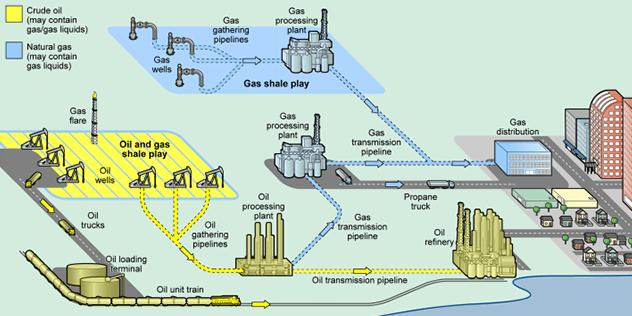
Well congrats, I guess, to the railroad industry for joining the oil and gas regulation club. Whether you think the regulations are good or bad is a matter of opinion.
Here is what I think is the most interesting chapter to this natural resource transportation story. All railway expansion and maintenance are not something you or I pay for. Now I may be in the minority of people who did not realize that the railroads get the least amount of government subsidies over all other transportation modes. No taxpayer money goes into the the updating of tracks, upgraded crossing stops or strengthening of infrastructure to keep up with the oil and gas boom. Heck, railway companies pay property taxes on the land where their tracks run. Now this industry does have investors. It raises money for upgrades through what it charges companies for transport. Along with raising their own funds, they are a pretty environmentally friendly industry. Railroad freight lines are almost three times as fuel-efficient as long-haul trucks, which are all over the roads here in Houston and add a great deal to our smog. Blog for another day.
So in a nutshell you have the rail industry making up less that 1.8% of CO2 emissions transporting the resources of an industry that supplies vehicles that make up 71% of of CO2 emission. If that is not a conundrum, then I don’t know what is.
It seems that no matter what the industry is, our government is adding regulations. Though most are needed as they are in the name of safety for the consumer and company. Or the regulations may be for the environment, which in the long run will benefit everyone.
—————————————————————————
Croft Production Systems has multiple units that can help your company to make a positive impact on the environment and still successfully process natural gas. Click the link below to learn more.
Resources:

